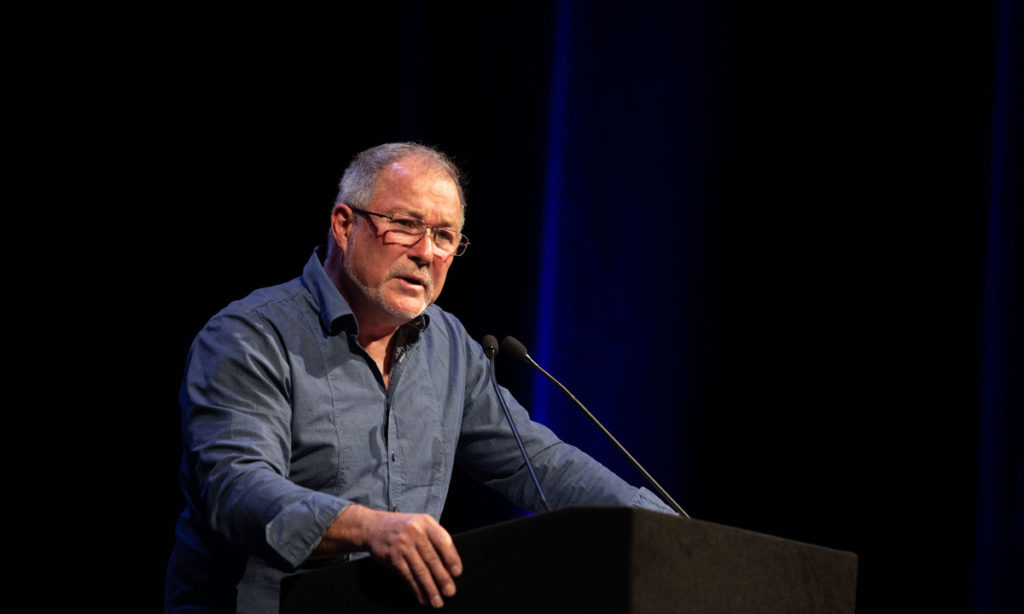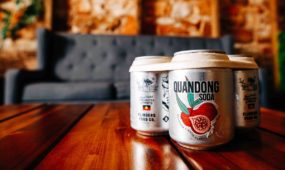Leading Australian winery strengthens Barossa holdings
Food & Wine
One of the leading Australian players in the Chinese wine market will increase production after purchasing a major vineyard in the Barossa Valley.

Sign up to receive notifications about new stories in this category.
Thank you for subscribing to story notifications.

The 320ha purchase by Seppeltsfield Wines brings its Barossa vineyard holdings to more than 1600ha, which it says makes it the largest owner of premium vineyards in the region’s history.
Seppeltsfield is part of the Randall Wine Group, which also owns almost 1600ha of vineyards in South Australian wine regions McLaren Vale and Clare Valley.
Located in the heart of the Barossa, Seppeltsfield is one of Australia’s most iconic wine estates dating back to the 1850s.
Seppelstfield also opened a wine chateau in China in 2017 in a joint venture with Minquan Jiuding Wine Company Ltd. It is the first Chinese chateau to have a part ownership stake by an Australian winemaker.
Seppeltsfield Wines Executive Chairman Warren Randall said the recent acquisition of the Tanunda Hill vineyards from a private investment group made two clear statements of intent.
“Our belief in the importance of the Barossa as Australia’s premier winemaking region, and our strong desire and commitment to supply the burgeoning demand for luxury Australian red wine in China,” Randall said.
“The acquisition of another 800 acres now brings our total vineyard holdings in the Barossa to 4000 acres, the largest ever vineyard holdings by a single producer in the Barossa Valley since vineyards were first planted by European settlers in 1843.
“This brings Seppeltsfield holdings to 20 per cent of the Barossa’s total red vineyards, putting us in a strong position to consistently supply in excess of 12 million bottles of Barossa luxury red wine to the world.”

Seppeltsfield is focusing on growing its Barossa branded still wine products.
The Barossa is Australia’s most famous wine region and is home to many world-renowned brands including Penfolds, Wolf Blass and Jacob’s Creek.
The two-stage Tanunda Hill vineyards were established in 2001 and 2003 and are planted with about 65 per cent Shiraz. Other major varieties in the vineyards include Cabernet, Merlot, Tempranillo and Grenache.
Seppeltsfield is historically famous for its fortified wines. The Seppeltsfield Centennial Collection is believed to be the world’s only unbroken lineage of single vintage wines spanning more than 130 consecutive vintages, with the first 100 year old released in 1978.
Last week its 1919 100 Year Old Para Vintage Tawny was awarded a perfect 100/100 point score by leading Australian wine critice James Halliday. It is the 13th consecutive vintage from Seppeltsfield’s famed 1878 Centennial Cellar to be awarded the perfect score.
However, it is the luxury still red wine market where Seppeltsfield is positioning itself for growth, particularly in China.
The winery launched its Seppeltsfield Barossa range last year after a multi-million dollar restoration and recommissioning of its 1888 Gravity Cellar, which is recognised as having played a pivotal role in the evolution of modern winemaking.
Randall said the 1888 Gravity Cellar had revitalised the estate’s prowess with still wines and enabled gentle colour and tannin extraction.
He said all of the fruit from the Tanunda Hill vineyards would be made into luxury wine in the Gravity Flow Cellar.

South Australian winemaker Warren Randall addressing the 17th Australia Wine Industry Technical Conference in Adelaide in July.
“The Barossa is recognised as one of the top five wine growing regions in the world, alongside Bordeaux, Champagne, Tuscany and the Napa Valley,” Randall said.
“It is a very rare opportunity to acquire 800 acres of prime vineyards in one of these five regions – indeed, it is a once in a lifetime opportunity.”
Based on figures from the first five months of 2019, Australia has overtaken France to become the number one imported wine category in Mainland China by value. This follows the removal of all import duties on Australian bottled and bulk wine from January 1 under the China Australian Free Trade Agreement.
Wine Australia export figures for the 12 months to June 2019 showed Australian wine exports to China (including Hong Kong and Macau) had reached a financial year record, increasing 7 per cent in value to $1.2 billion.
Last month Randall addressed 17th Australian Wine Industry Technical Conference in Adelaide, South Australia, describing China as the “miracle nation of the 21st Century and Australia’s first $1 billion wine export market”.
He said the free trade agreement, Australia’s clean and green credentials and China’s booming middle class had led to the boom.
“China is our highest value market and any exporting country should always prioritise maximising price and returns of their products,” Randall told the conference.
“South Australia is extremely well placed to supply China because it produces 80 per cent of Australia’s premium wine. The challenge for Australia is we will not have enough wine to satisfy China’s thirst.”
Jump to next article



